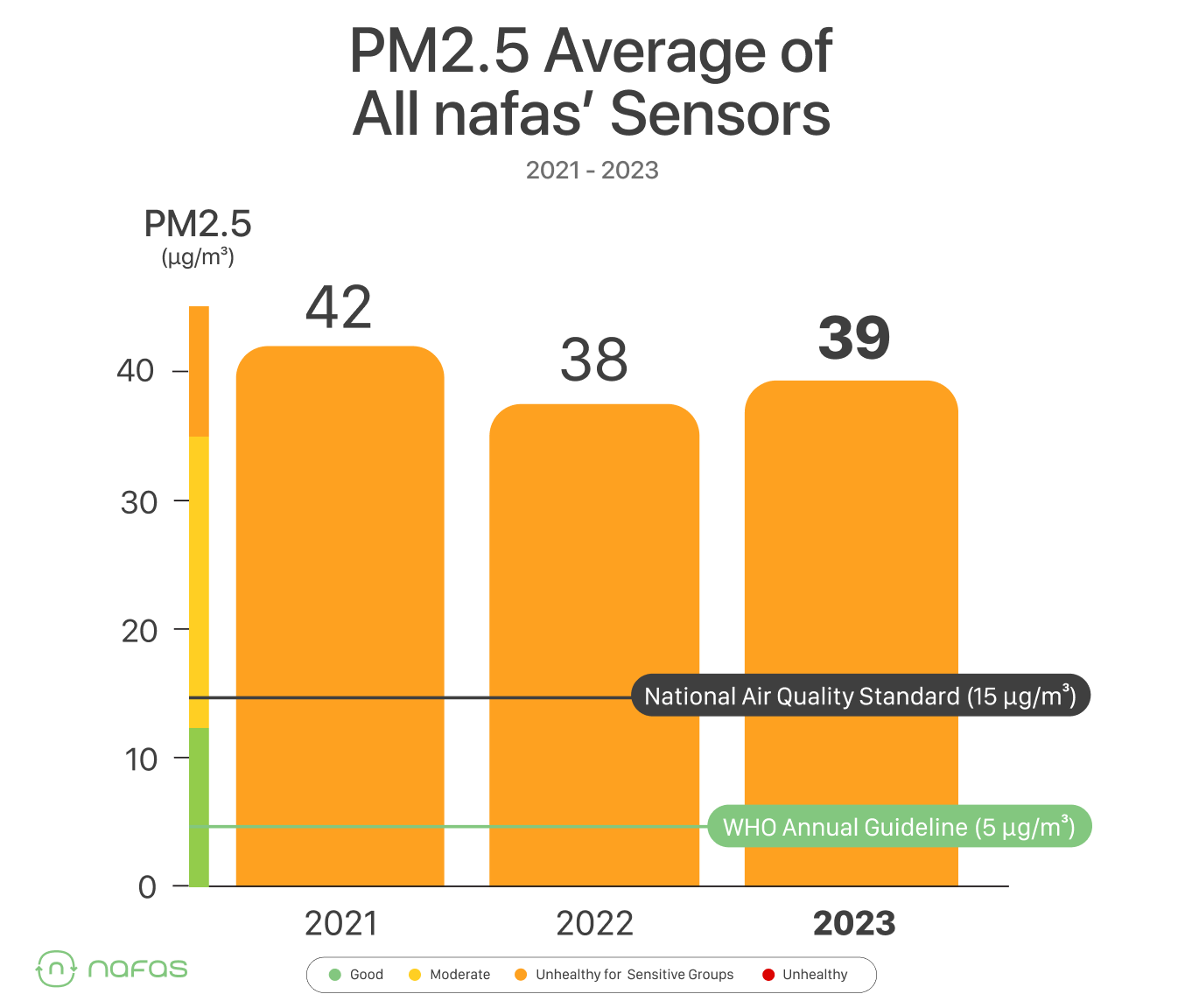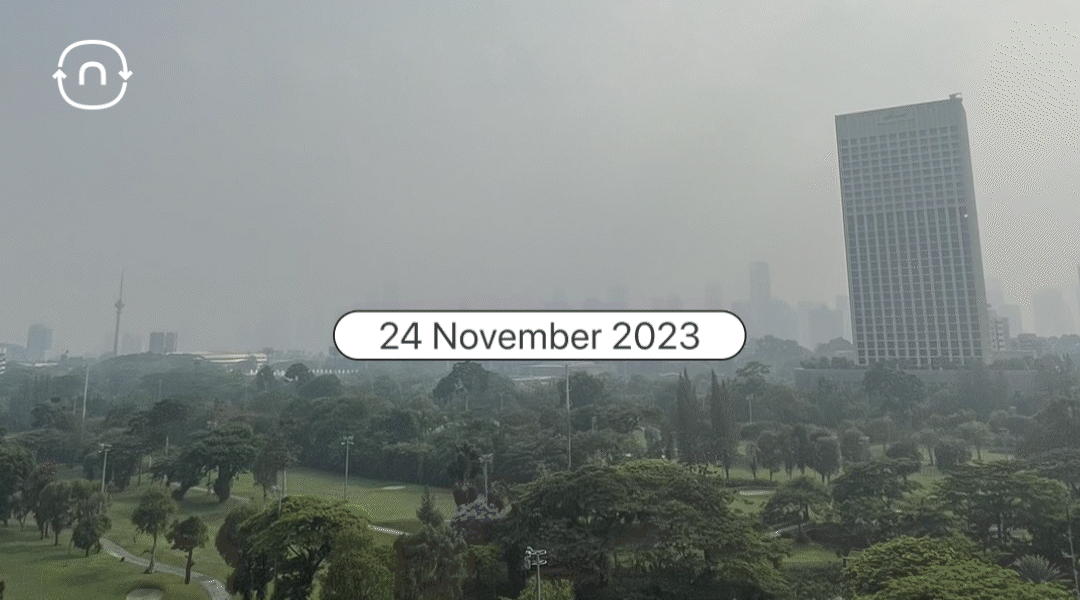Air Pollution: Overlooked in the Vice Presidential Debate on the Environment
The vice presidential candidate debate on Sunday (1/21) focused on environmental issues and was divided into 6 subtopics, namely Sustainable Development and the Environment, Natural Resources and Energy, Food, Agrarian, Indigenous Communities, and Villages. However, the significant issue faced by people in their daily lives, namely air pollution, did not receive adequate attention from the three vice presidential candidates.
This is regrettable, considering the high urgency and impact of air pollution on various aspects of our lives, ranging from health to productivity and even the economy.
How severe is the issue of air pollution that we feel the need to urge the presidential candidates to pay serious attention to it? Read more below!
Annual Average Exceeding Recommended Limits
Looking back to the previous year, our air quality was not good on average. With an annual PM2.5 level of 39 µg/m3, the air quality far exceeded the WHO annual guidelines, up to 8 times!

Moreover, the rankings of the most polluted cities on the Nafas sensor network in 2023 show a worrisome trend. Jabodetabek and Greater Bandung all ranked in the top 7 with average pollution levels of 38-48 µg/m3, or more than 3 times the National Ambient Air Quality Standards (BMUA)!

This data indicates the need for air pollution management between regional governments. Not only that, the impact of air pollution on health is significant.
BPJS Spends 17.8 Trillion Rupiah to Handle Respiratory Diseases Due to Air Pollution
Rp17.8 trillion is indeed a significant amount. There are five diseases that have BPJS respiratory disease claims related to air pollution, including pneumonia (Rp8.7 trillion), tuberculosis (Rp5.2 trillion), chronic obstructive pulmonary disease (Rp1.8 trillion), asthma (Rp1.4 trillion), and lung cancer (Rp766 million).
In addition, if air pollution has been considered a silent killer due to its long-term health effects, a joint study by Nafas and Halodoc found new facts.
The high level of pollution during the June-August period in Jabodetabek has short-term health impacts on its residents. Some findings from this study include:

- Respiratory disease complaints increase by up to 34% for every 10 μg/m3 increase in air pollution.
- The risk of respiratory diseases increases within 12 hours after high pollution (>55 μg/m3).
- Cases of bronchitis and asthma increase 5 times within 48 hours.
- The most sensitive groups (0-17 years, >55 years) are at the highest risk of respiratory illness up to 48%.
It's a shame that air pollution was overlooked in the vice presidential debate on environmental issues on Sunday (1/21).

Currently, clean air and blue skies may be frequent visitors. However, as long as the sources of pollution still exist without comprehensive strategies and steps to address them, our dream of breathing clean air every day will continue to depend on the gusts of wind and atmospheric conditions!